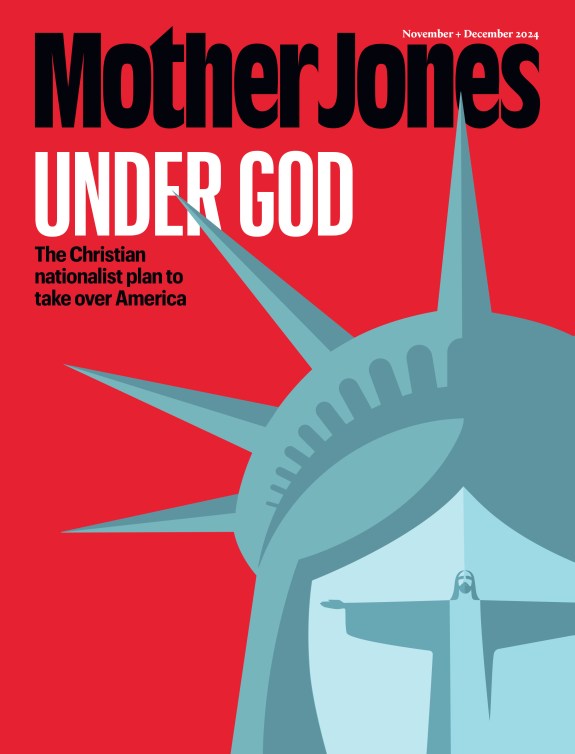Bart Stupak’s abortion amendment prevents any insurance plan that is purchased with government subsidies from covering abortions. These subsidies, of course, go only to poor and low-income workers. Ezra Klein takes it from there:
Rep. Bart Stupak’s amendment did not make abortion illegal. And it did not block the federal government from subsidizing abortion. All it did was block it from subsidizing abortion for poorer women.
Stupak’s amendment stated that the public option cannot provide abortion coverage, and that no insurer participating on the exchange can provide abortion coverage to anyone receiving subsidies. But as Rep. Jim Cooper points out in the interview below, the biggest federal subsidy for private insurance coverage is untouched by Stupak’s amendment. It’s the $250 billion the government spends each year making employer-sponsored health-care insurance tax-free.
That money, however, subsidizes the insurance of 157 million Americans, many of them quite affluent. Imagine if Stupak had attempted to expand his amendment to their coverage. It would, after all, have been the same principle: Federal policy should not subsidize insurance that offers abortion coverage. But it would have failed in an instant. That group is too large, and too affluent, and too politically powerful for Congress to dare to touch their access to reproductive services. But the poorer women who will be using subsidies on the exchange proved a much easier target. In substance, this amendment was as much about class as it was about choice.
Yes. But aside from the iron hand of path dependence, there’s another dynamic at work here: most people simply refuse to view tax breaks as the equivalent of federal subsidies. But in most cases they are. In the case of health insurance, the employer tax break means that workers whose employers offer insurance pay less for coverage than they otherwise would. Likewise, subsidies mean that workers whose employers don’t offer insurance pay less for coverage than they otherwise would. The differences between the two are slight.
But nobody who gets a special tax break sees it that way. So we continue to pretend.


















